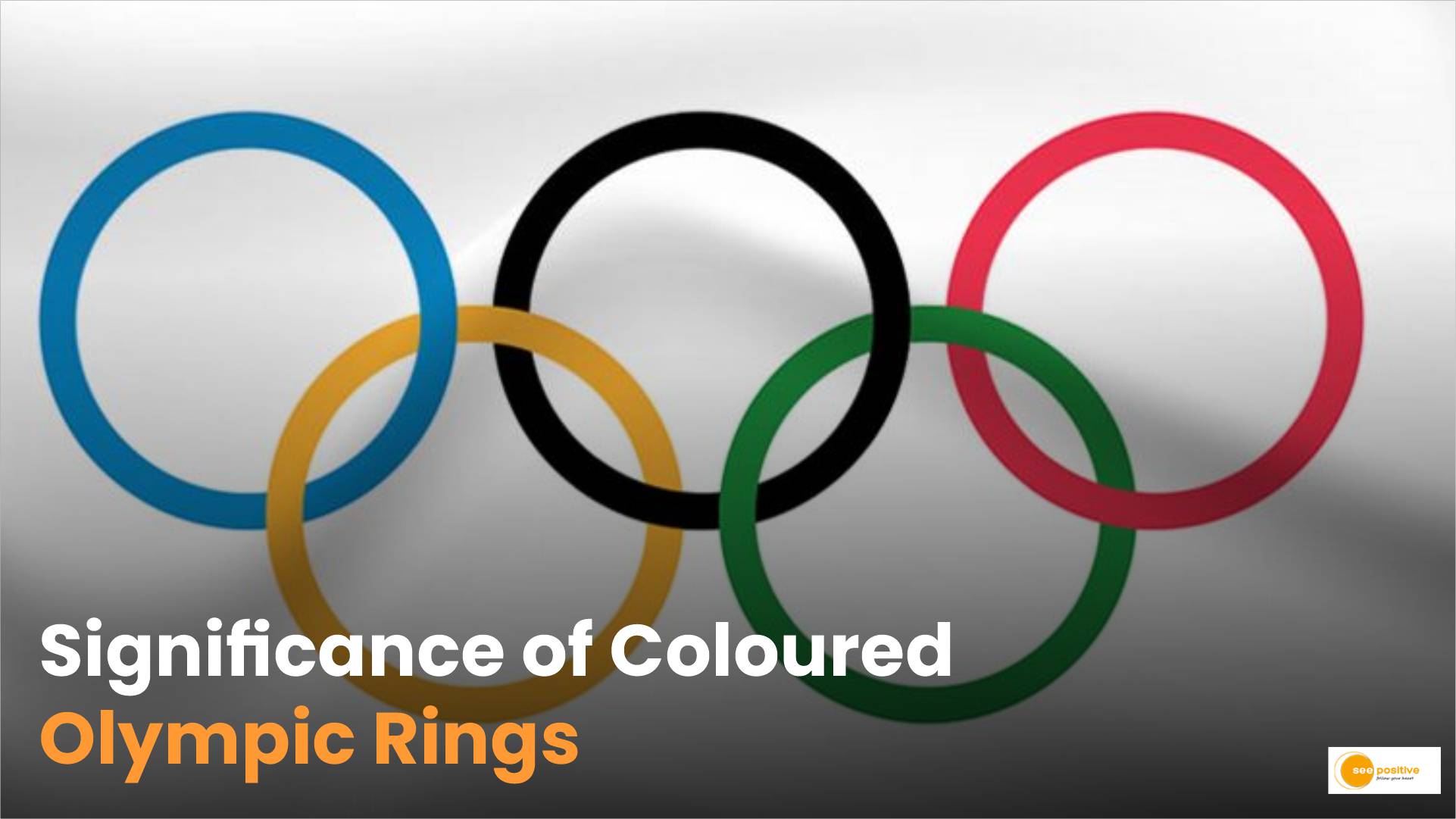The Olympic Games are a symbol of international unity, sportsmanship, and the pursuit of excellence. Central to the Olympic identity is the iconic symbol of the five interlocking rings, each a different color. These rings are not just decorative; they hold deep significance and represent the core values and mission of the Olympic movement. Let’s delve into the meaning behind the different colored Olympic rings and their historical and symbolic importance.
Origin of the Olympic Rings
The Olympic ring was created by Pierre de Coubertin, the man who brought the modern Olympic Games into existence. He introduced this emblem in 1913, and it first appeared on the Olympic flag in 1920. The symbol consists of five interlocking rings, colored blue, yellow, black, green, and red on a white background. Each ring is meant to represent a different continent, emphasizing the global nature of the Olympic Games.
Symbolism of the Colors
While it’s a common misconception that each ring represents a specific continent, the choice of colors was actually more inclusive. The five colors, along with the white background, were chosen because every nation had at least one of these colors in its national flag at the time. Therefore, the colors symbolize the universality of the Olympic movement, reflecting the inclusion of athletes from all over the world.
- Blue Ring: Often associated with Europe, the blue ring symbolizes strength and unity. Blue is a color that conveys calmness and stability, which are essential qualities for athletes competing at the highest level.
- Yellow Ring: Linked with Asia, the yellow ring represents the sun and energy. Yellow is a vibrant color, symbolizing hope and the bright future of young athletes who aspire to compete in the Olympics.
- Black Ring: The black ring is associated with Africa, representing the resilience and determination of athletes. Black is a strong color that represents fortitude, tenacity, and the capacity to conquer obstacles.
- Green Ring: Australia and Oceania are frequently associated with this ring. Green is a sign of development and the natural world. It illustrates how athletic talent is developed and nurtured from an early age.
- Red Ring: Representing the Americas, the red ring signifies passion and excitement. Red is a color that evokes strong emotions, representing the fiery spirit and dedication of athletes.
Interlocking Design
The interlocking design of the rings represents the coming together of athletes from around the world. It represents the Olympic movement’s cohesion and togetherness across national, ethnic, and regional divides. The overlapping rings demonstrate how the Olympic Games bring people together in peaceful competition and mutual respect.
Historical Context
The Olympic rings were created during a time when the world was facing significant political and social upheaval. The early 20th century saw the aftermath of World War I, and the Olympic rings symbolized a hopeful vision for global unity and peace through sports. The emblem was intended to inspire a sense of camaraderie and shared purpose among nations, promoting the idea that sports could be a force for good in the world.
The Olympic Flag
The Olympic flag, featuring the five rings on a white background, was first flown during the 1920 Antwerp Games. The white background symbolizes peace, further reinforcing the message of harmony and unity. The flag is now a central element of the Olympic Games, prominently displayed during the opening and closing ceremonies, as well as at various events and venues throughout the Games.
Modern Interpretations
In contemporary times, the Olympic rings continue to hold significant meaning. They represent not only the athletic prowess and competitive spirit of the Games but also the broader goals of the Olympic movement, including promoting peace, fostering international cooperation, and encouraging the development of sports at all levels. The rings are a reminder of the Olympic values of excellence, friendship, and respect, which are as relevant today as they were over a century ago.
The Rings in Popular Culture
One of the most known symbols in the world today is the Olympic rings. They are featured on merchandise, promotional materials, and media coverage related to the Games. The emblem’s widespread recognition helps to raise awareness of the Olympics and its mission, reaching audiences far beyond the immediate realm of sports.
READ MORE India’s Javelin Throw Legacy: From Grassroots to Gold Medals!
Positive Takeaway
The different colored Olympic rings are much more than a simple logo; they are a powerful symbol of unity, diversity, and the enduring spirit of the Olympic Games. Each color, each ring, and the interlocking design convey a message of global solidarity and the shared pursuit of excellence in sports. As we look forward to future Olympic Games, the rings remind us of the importance of coming together in the spirit of friendly competition and mutual respect, celebrating the best of humanity on a global stage.


